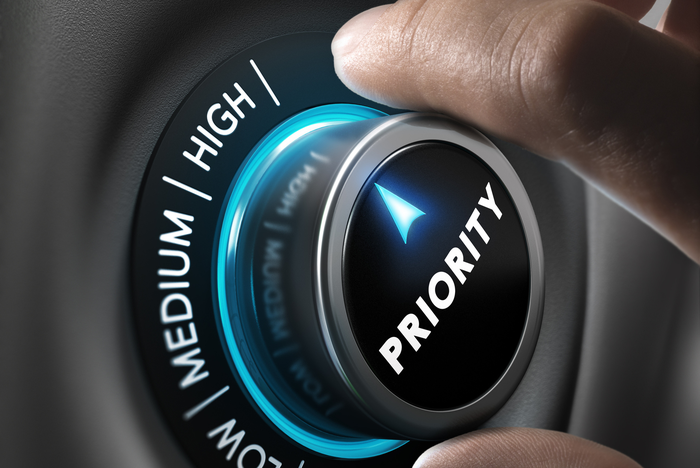
As an emergency responder, you have a lot of responsibility. You must be ready for anything: critical patients, natural disasters, and the ever-present threat of terrorist attacks. And a key to readiness is maintaining your equipment, for without your tools, you are little help to anyone.
Today’s technology allows responders to perform numerous diagnostic tests in the field, from monitoring the heart’s electrical activity to checking a patient’s blood sugar to evaluating the oxygen concentration in a patient’s blood. But there is a lot of equipment to maintain. Each emergency unit contains a plethora of high-tech gadgets, such as cardiac monitors and waveform capnography monitors, as well as the essentials of emergency medicine: bandages, backboards, and medications. Not to mention the trucks themselves, which must be rigorously maintained to ensure the safety of patients and personnel.
Because these responsibilities fall to you, the emergency provider, you must be able to prioritize the maintenance of your equipment. Every piece of equipment serves a vital role in EMS, but some are truly essential to successful treatment. And one of the most essential pieces of equipment in your EMS arsenal is your portable suction machine.
Think back on the times when you’ve relied on your portable suction machine. Perhaps it was an overdose, who promptly vomited the moment you initiated treatment. Maybe it was an incapacitated stroke patient, who was unable to swallow effectively. Whatever the call, your suction unit was there, ready to clear the patient’s airway.
Key Considerations
Some of the key considerations when it comes to suction machine maintenance are tied to the unit’s performance. The suction unit is of no use if it doesn't run. And the keys to keeping your unit running smoothly are these essential steps:
- Check the unit at the beginning of each shift, to ensure it is fully charged and operational.
- Replace depleted or old batteries as needed.
- Follow manufacturer guidelines for servicing the unit.
- Replace worn or damaged components.
Where to Start?
Proper maintenance of your portable suction machine begins each shift. Daily maintenance is critical to the reliability of your unit. Without a daily checkout, there is no way to be sure the unit will function during critical events. There’s nothing worse than to be working a messy code, only to find your suction unit is dead as your patient begins to vomit. Because there is no other way to clear an airway, you had better be sure your unit is up and running.
Here are a few reminders:
- Turn the unit on at the start of each shift to ensure it is charged and running.
- Make sure you have plenty of accessories on hand, to handle any suction scenario.
- Ensure the unit is clean so that you don't spread pathogens to your patients or other personnel.
- Have backups on hand, in case your unit is damaged or inoperable.
How Often Should It Be Done?
Maintenance of your portable suction machine is ongoing. Daily checkouts are critical but are not the only time to consider the unit's maintenance. Your suction unit must also be checked after EVERY use. Here's why:
- Extended use of the unit, such as during lengthy extrications, can deplete the batteries.
- ANY TIME the unit is used, it must be cleaned and disinfected.
- NEVER reuse disposable parts—they are disposable for a reason.
- Replace used accessories so that you are ready for the next critical call.
Equipment maintenance is one of your greatest responsibilities. And no piece of equipment is more critical than your portable suction unit. So, practice good maintenance habits every shift, every day, and following every patient.
















